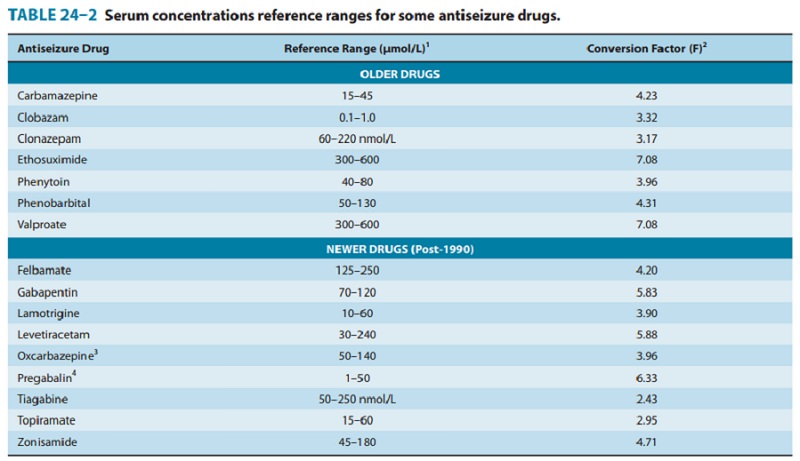Chapter: Basic & Clinical Pharmacology : Antiseizure Drugs
Therapeutic Strategy - Clinical Pharmacology of Antiseizure Drugs
THERAPEUTIC STRATEGY
In
designing a therapeutic strategy, the use of a single drug is pre-ferred,
especially in patients who are not severely affected and who can benefit from
the advantage of fewer adverse effects using monotherapy. For patients with
hard-to-control seizures, multiple drugs are usually utilized simultaneously.
For
most of the older antiseizure drugs, relationships between blood levels and
therapeutic effects have been characterized to a high degree. The same is true
for the pharmacokinetics of these drugs. These relationships provide
significant advantages in the development of therapeutic strategies for the
treatment of epilepsy. The therapeutic index for most antiseizure drugs is low,
and toxicity is not uncommon. Thus, effective treatment of seizures often
requires an awareness of the therapeutic levels and pharmacokinetic

Measurements of
antiseizure drug plasma levels can be very useful when combined with clinical
observations and pharmacokinetic data (Table 24–2). The relationship between
seizure control and plasma drug levels is variable and often less clear for the
drugs marketed since 1990.
Related Topics